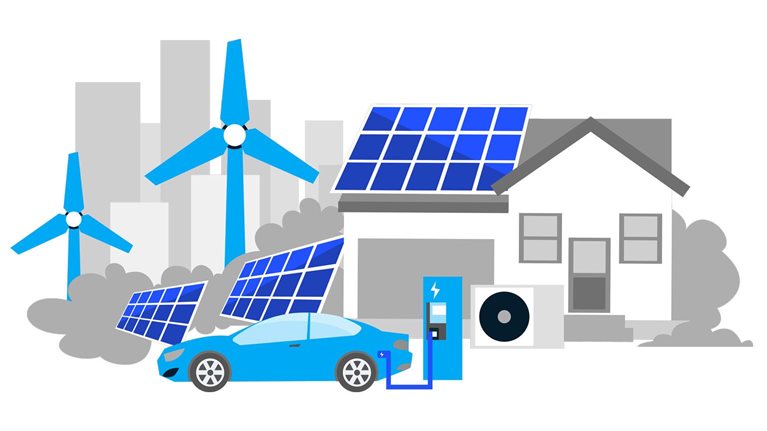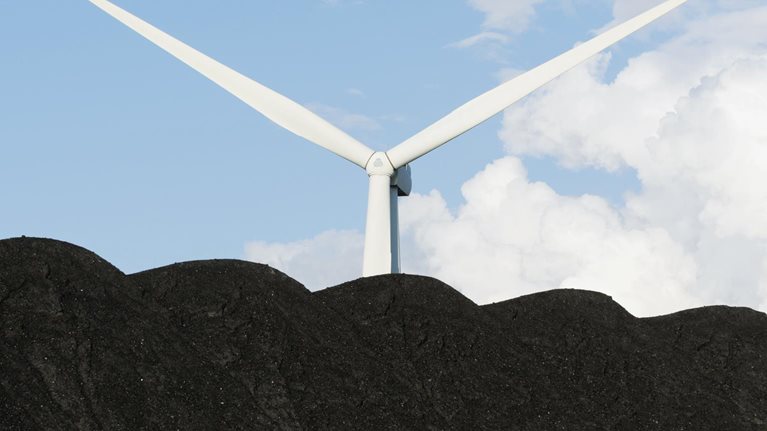Mining has a critical role to play in the transition to a net-zero economy,1 and the sector will likely need to reduce at least 85 percent of its emissions by 2050.2 Additional pressure from investors and consumers alike is on the rise, causing mining companies to set increasingly bold abatement commitments.
Ensuring access to renewable-electricity sources is crucial for miners, as renewables can help power electrified mobile mining equipment and displace diesel equipment. This helps abate not only Scope 2 emissions (those caused by energy being purchased and produced) but also Scope 1 emissions (those that directly result from operations).
That said, electrifying the mobile fleet of the global iron ore industry would require an additional 20 to 30 terawatt-hours of electricity (Exhibit 1).

As electric haul trucks become available, a sample open-pit iron ore mine could replace 27 diesel haul trucks—as well as the corresponding loading and auxiliary equipment—with electric powered versions, causing electricity demand to more than double (Exhibit 2).

Alternative pathways could include conveying (lower electricity demand versus a battery electric vehicle [BEV] truck scenario) and hydrogen (higher electricity demand versus a BEV truck scenario) for replacing diesel trucks.
Electrifying mines is challenging but has the potential to generate value in the coming years
Challenges
Large capital expenditures requirements. The power infrastructure investment for electrifying the iron ore industry could reach $30 billion to $45 billion,3 and new sources of capital (such as green bonds) could be needed.
Large infrastructure improvements. Mines will need to upgrade electric-grid connections, build additional on-site substations and networks, and install or contract renewable-power capacity.
BEV technological challenges. Battery technologies need to achieve higher density, lower costs, faster charging rates, and larger scale to make electric equipment competitive.
Opportunities
Operational expenditures gains. Electrification could reduce energy costs by as much as 40 to 70 percent and reduce maintenance costs for mobile equipment by approximately 30 percent.
Operational improvements. Electric equipment could allow for steeper ramp designs, lower stripping ratios, faster cycle times, and less-frequent breakdowns.
CO2 emissions abatement. A fully electrified mine with renewable-power sources could have a carbon footprint that is 60 to 80 percent lower, avoiding carbon taxes and capturing potential green-product premiums.4
For more on the topic of mining industry decarbonization, reach out to our team via www.MineLens.com or email us at MineLens@McKinsey.com.


